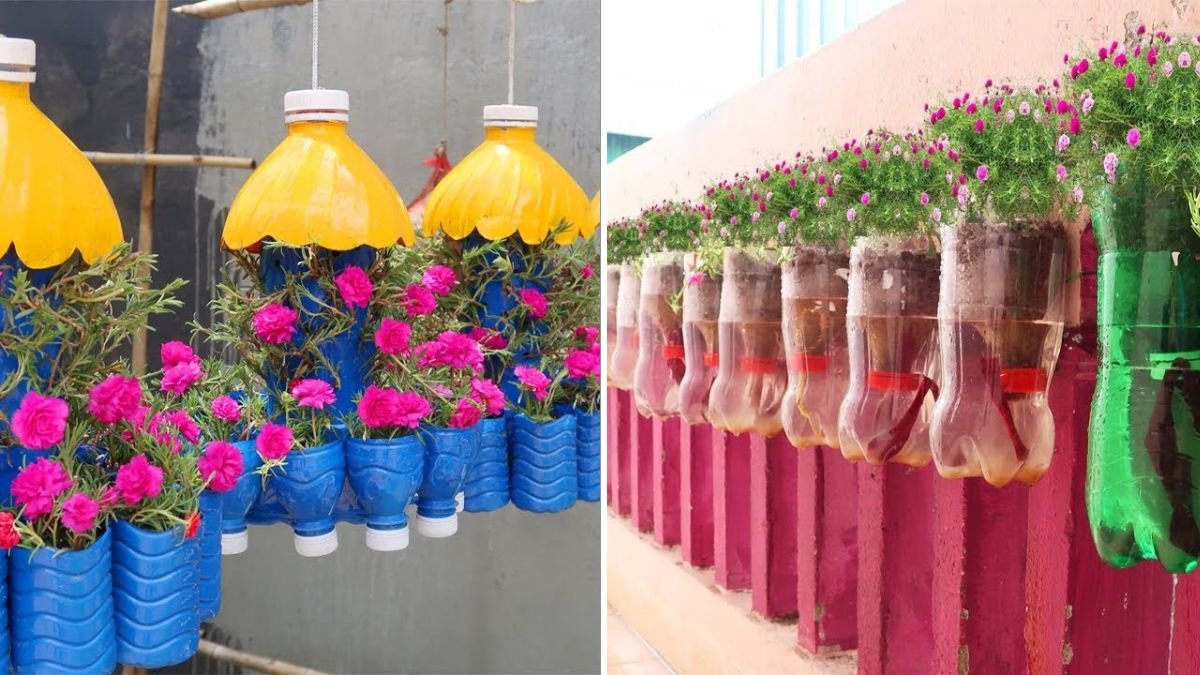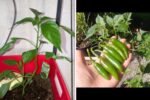If you’re walking through your garden and spot a low-growing plant with thick, juicy leaves and golden-yellow flowers, your first instinct might be to pull it up as a weed. But stop right there — that humble little plant could be one of the most nutrient-dense superfoods on the planet.
Meet purslane (Portulaca oleracea) — the leafy green that’s quietly becoming a health trend across America in 2025. Once dismissed as an invasive weed, purslane is now earning its rightful place on restaurant menus, in farmer’s markets, and in home gardens for its exceptional nutrition, succulent texture, and tangy, lemony flavor.
From ancient Greek remedies to modern-day smoothies, purslane is the ultimate underdog of the plant world, and it’s finally getting the recognition it deserves.
What Is Purslane?
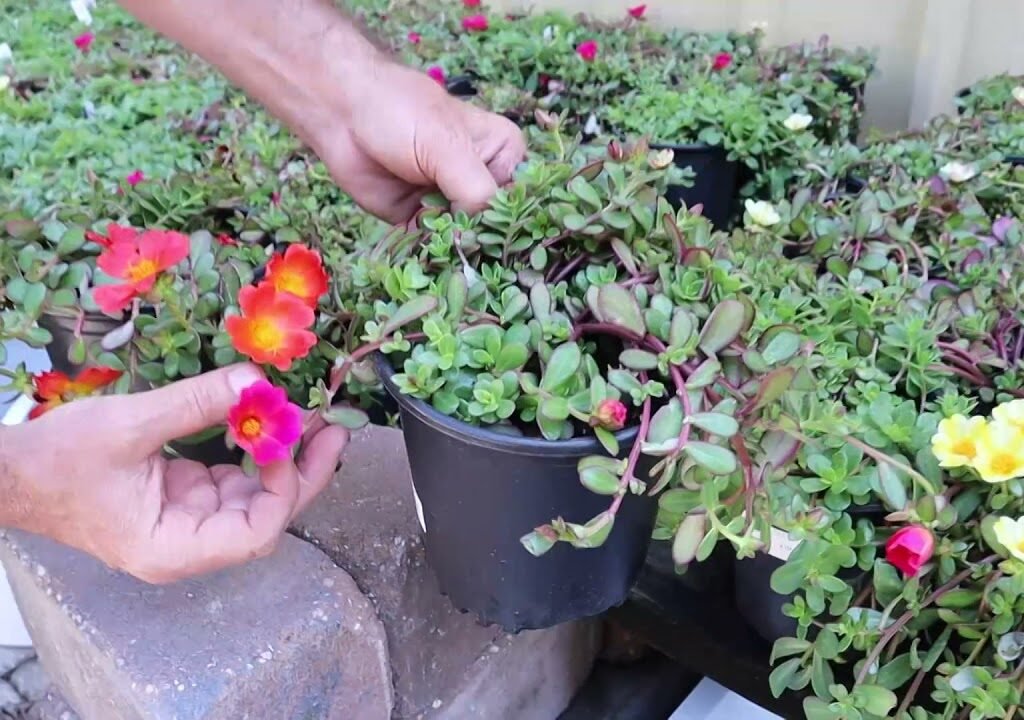
Purslane is a succulent leafy vegetable that thrives in warm climates. It has small, smooth, spoon-shaped leaves and reddish stems that spread across the ground like a mat. You might have even seen it sprouting between sidewalk cracks or along garden edges — it’s that resilient.
Though it grows wild, purslane is completely edible and has been enjoyed for thousands of years in Mediterranean, Middle Eastern, and Mexican cuisines. It’s known by many names — verdolaga, pigweed, or little hogweed — but in the health world, it’s simply called a “supergreen.”
Nutritional Powerhouse: Small Leaves, Massive Health Benefits
Don’t let its humble appearance fool you — purslane is one of the most nutrient-dense greens on earth, rivaling kale and spinach in vitamins and minerals while offering something they don’t: omega-3 fatty acids.
Here’s a quick look at the nutrition profile of one cup (43 grams) of raw purslane:
- Calories: 9
- Protein: 1 g
- Fiber: 1 g
- Vitamin A: 26% of the Daily Value (DV)
- Vitamin C: 35% DV
- Vitamin E: 10% DV
- Magnesium: 17% DV
- Potassium: 15% DV
- Iron: 11% DV
- Calcium: 7% DV
- Omega-3 fatty acids (ALA): 300–400 mg
Yes, you read that right — purslane contains more omega-3 fatty acids than any other leafy vegetable, making it a vegetarian’s dream food for heart and brain health.
Top Health Benefits of Purslane
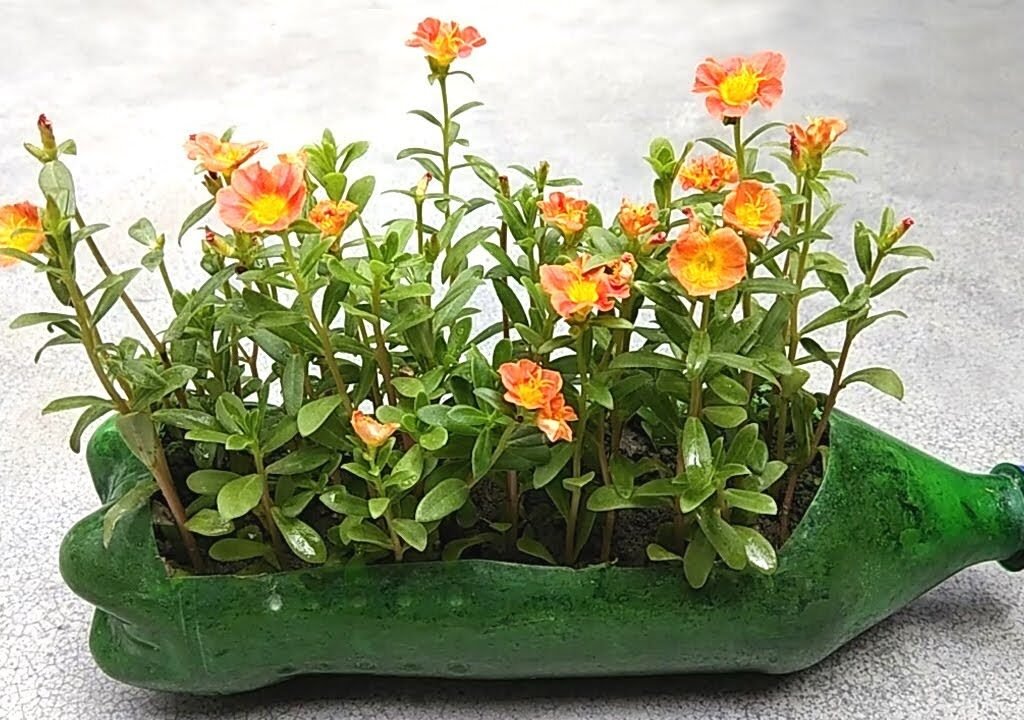
1. Supports Heart Health
Purslane’s high levels of omega-3 fatty acids (especially alpha-linolenic acid, or ALA) help reduce cholesterol, lower blood pressure, and protect against heart disease. For people who don’t eat fish, purslane is one of the best plant-based alternatives for essential fatty acids.
2. Boosts Immunity and Fights Inflammation
Loaded with vitamin C, beta-carotene, and polyphenols, purslane has strong antioxidant and anti-inflammatory properties. These compounds help protect cells from damage, strengthen immunity, and reduce the risk of chronic diseases.
3. Promotes Healthy Skin and Anti-Aging
Purslane contains vitamin E, glutathione, and melatonin, all known for their skin-rejuvenating and anti-aging effects. These antioxidants fight free radicals and may help reduce wrinkles, dryness, and skin irritation.
4. Aids in Weight Loss and Gut Health
Low in calories but high in fiber and water, purslane keeps you feeling full and satisfied. Its natural mucilage — a type of plant fiber — supports digestion and gut health, making it a perfect green for weight management.
5. Supports Strong Bones and Muscles
With notable amounts of magnesium, calcium, potassium, and iron, purslane supports bone density, muscle recovery, and overall energy levels — great for athletes or anyone following a plant-based diet.
6. May Help Regulate Blood Sugar
Some studies suggest that purslane can improve insulin sensitivity and help regulate blood sugar levels, thanks to its antioxidant and fiber content. This makes it a smart addition for people managing diabetes or prediabetes.
Culinary Uses: How to Eat Purslane
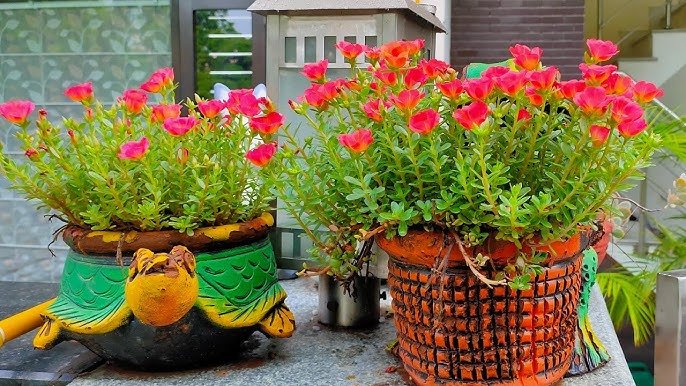
One of the best things about purslane is its versatility in the kitchen. Its mildly tangy, lemony flavor and crisp texture make it perfect for everything from salads to stir-fries.
Here are some easy and delicious ways to enjoy purslane:
1. Purslane Salad
Toss fresh purslane leaves with cucumbers, cherry tomatoes, red onion, and feta cheese for a Mediterranean-inspired salad. A drizzle of olive oil and lemon juice brings it all together.
2. Purslane Smoothies
Add a handful of purslane to your green smoothie for an omega-3 boost. It pairs beautifully with pineapple, apple, or mango, adding a refreshing, citrusy twist.
3. Purslane Tacos
In Mexican cuisine, verdolagas are often cooked with pork or beans. Try sautéing purslane with onions, garlic, and chili powder for a hearty vegetarian taco filling.
4. Purslane Stir-Fry
Add purslane to stir-fries at the end of cooking to preserve its texture and nutrients. It pairs wonderfully with tofu, shrimp, or chicken.
5. Purslane Pesto
Swap out basil for purslane in your next pesto recipe. Blend with olive oil, walnuts, Parmesan, and garlic for a nutrient-packed sauce.
6. Purslane Soup
Add chopped purslane to lentil or vegetable soups. It thickens naturally due to its mucilaginous texture, creating a comforting and healthy meal.
How to Grow Purslane at Home
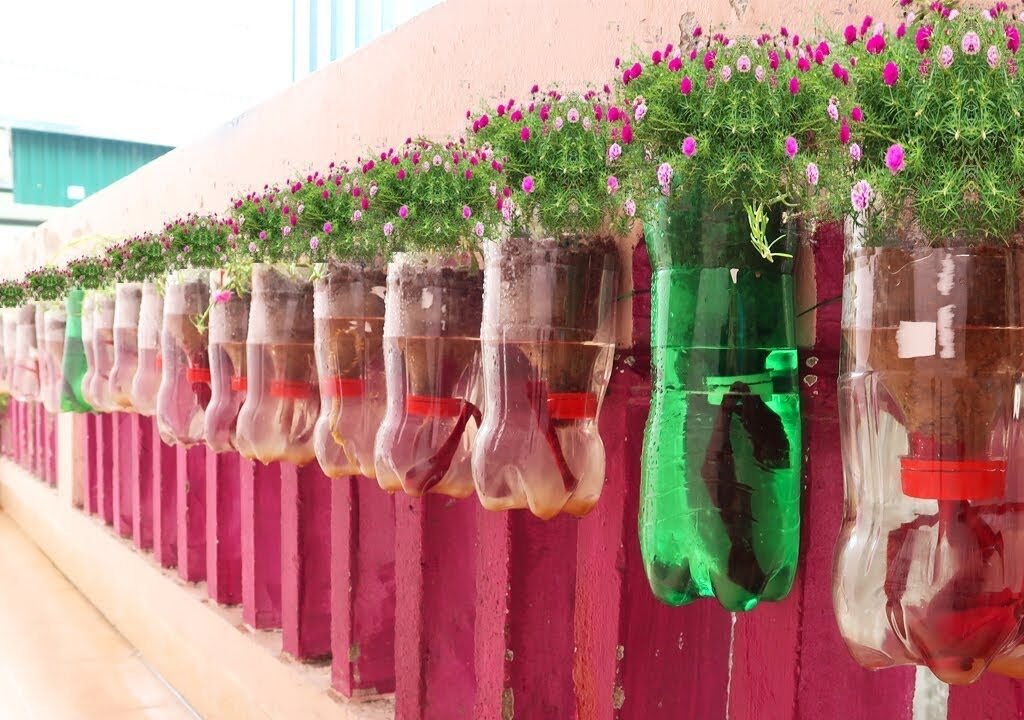
Purslane is one of the easiest and most resilient greens to grow — perfect for home gardeners or anyone new to edible plants.
Here’s how to get started:
- Soil: Purslane grows in poor, dry soil (even sandy ground). It doesn’t need rich compost or fertilizers.
- Light: Loves full sun but can tolerate partial shade.
- Water: Requires minimal watering once established — it’s drought-tolerant.
- Planting: You can start from seeds or cuttings. Scatter seeds directly on the soil and lightly press them down; they’ll sprout in 5–10 days.
- Harvesting: Pick tender young leaves once the plant reaches about 4–6 inches. Regular harvesting encourages new growth.
Pro Tip: Purslane self-seeds easily, so once you plant it, you’ll likely have a steady supply year after year — truly a sustainable supergreen.
Wild Foraging: Nature’s Free Superfood
If you prefer foraging, wild purslane is abundant throughout the U.S. during summer. However, make sure to harvest from clean, chemical-free areas, away from roadsides or treated lawns.
Identify purslane by its:
- Smooth, reddish stems that spread outward (not upright)
- Thick, juicy, spoon-shaped leaves
- Small yellow flowers that bloom in bright sunlight
Be cautious not to confuse it with spurge, a toxic plant that often grows nearby. Spurge has thinner stems, milky sap when cut, and matte leaves — purslane’s leaves are glossy and succulent.
Purslane vs. Spinach and Kale
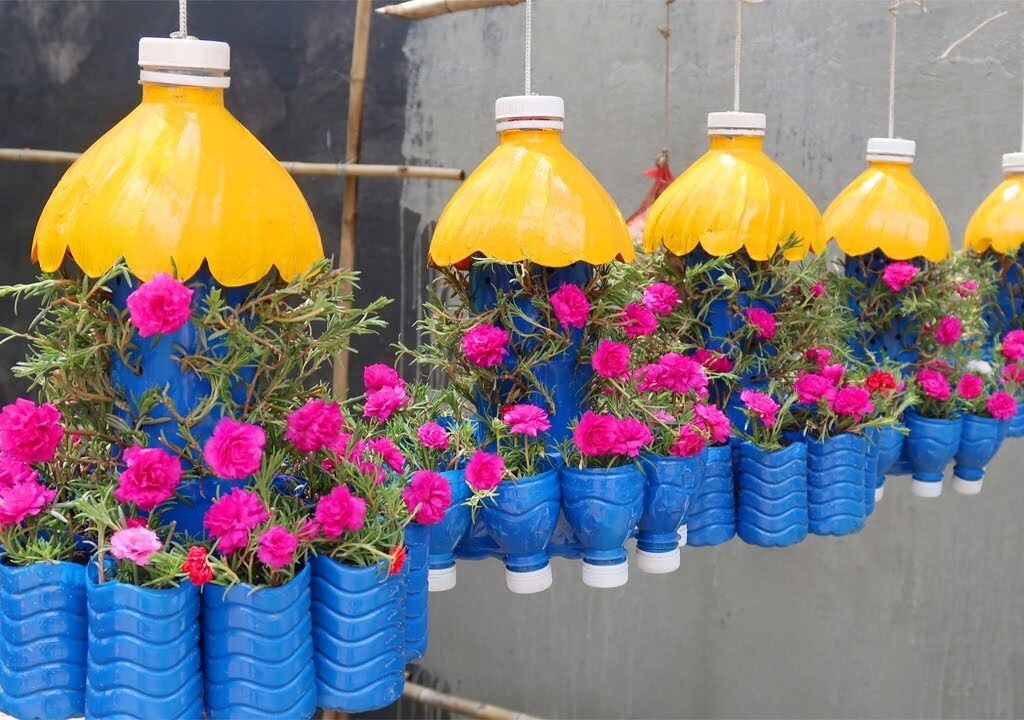
Let’s compare purslane with two of America’s favorite greens:
| Nutrient | Purslane | Spinach | Kale |
|---|---|---|---|
| Calories | Very Low | Low | Low |
| Omega-3 Fatty Acids | High | Low | Low |
| Vitamin A | High | High | High |
| Vitamin C | Moderate | High | High |
| Magnesium | High | Moderate | High |
| Flavor | Mild, tangy | Mild | Slightly bitter |
Verdict: Purslane stands out for its omega-3s, hydration power, and unique flavor. It’s an excellent choice for anyone looking to diversify their greens or add a plant-based source of healthy fats.
Sustainability Bonus: A Zero-Waste Green
Purslane isn’t just good for your health — it’s great for the planet. It grows rapidly, requires little water, and thrives without fertilizers, making it one of the most sustainable edible plants.
Because it’s considered a “weed” in many areas, eating purslane is also a step toward reducing food waste and embracing foraged, local nutrition — a growing trend among eco-conscious Americans in 2025.
Where to Buy Purslane in the U.S.
You can find fresh or cultivated purslane at:
- Farmers’ markets (especially in summer)
- Ethnic grocery stores (look for “verdolagas”)
- Organic produce sections in Whole Foods, Sprouts, or local co-ops
- Online seed suppliers for growing your own
If you’re new to cooking with purslane, start small — it’s mild, crunchy, and surprisingly easy to love.
Final Thoughts: From Weed to Wellness Staple
Once dismissed as a garden nuisance, purslane has emerged as one of 2025’s top plant-based superfoods — and for good reason. It’s nutrient-dense, eco-friendly, delicious, and incredibly easy to grow.
Whether you’re tossing it into a salad, blending it into a smoothie, or cultivating it in your backyard, purslane offers a simple, affordable way to eat healthier and live more sustainably.
So the next time you see those glossy leaves creeping through your garden bed, don’t weed them out — harvest them, eat them, and celebrate one of nature’s most underrated gifts.
